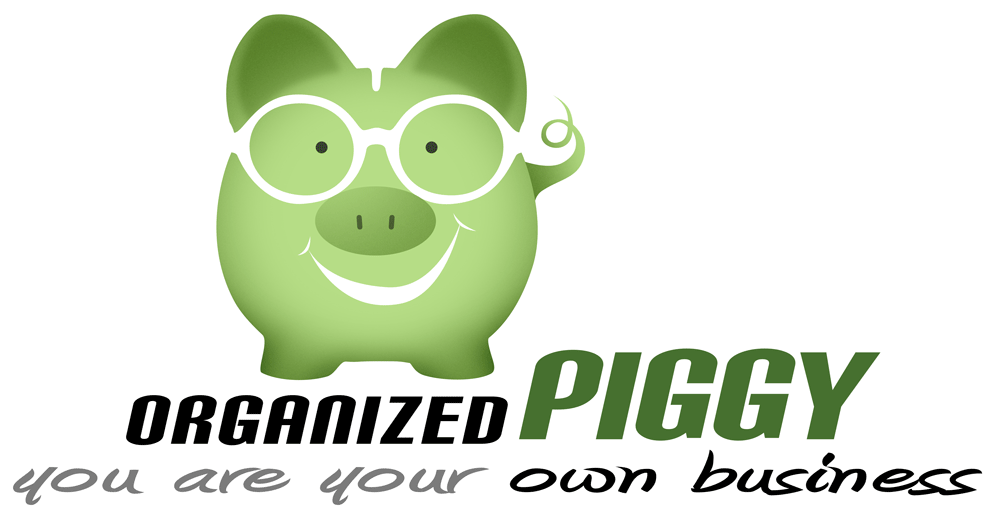Your 2016 Business Tax Return Checklist

The end of the year is quickly coming, which means it will soon be time to file your business tax returns. Are you ready? Here are some things to consider when gathering the data your tax preparer will need to file your returns.
For “Shoebox” Businesses
Some businesses, mostly smaller ones, don’t use accounting software to record and track revenue and expenses. Accountants frequently call these outfits “shoebox” clients as oftentimes all receipts and other paperwork are kept in a shoebox. If you fall into this category, use your bank statements to confirm you have a receipt for every expense transaction presented on your statements. Your preparer will compile financial statements (i.e. balance sheet and profit and loss) from your receipts and either deposit slips or bank statements. Also, writing notes on your receipts can be helpful and may avoid questions. If the nature of the expense isn’t clear, notate what it was for. This is especially important for meals and entertainment. Write who you were with and a brief description of the reason for the meal/event.
Right now is a good time to consider implementing an accounting software to start the new year. It might lower your tax preparation fees depending on your accountant and how fees are structured. In many cases, the less work the preparer has to do, the lower the fee. Having the ability to generate financial statements at year-end greatly reduces the time spent preparing a return since the need to go through receipts one by one gets eliminated.
For All Businesses
Financial Statements. The balance sheet and profit and loss statement are the focal point of your returns. Are your books current? If not, now is the time to get them caught up. If you’re finding it increasingly difficult to keep them current, consider hiring an external bookkeeper to maintain them.
Prior Year Return. If you’re working with a new preparer, they will ask for your prior year return. If you have a remote arrangement, ensure you have an electronic copy of it so you can send it. It’s highly recommended to not send via e-mail. Most, if not all, preparers have portals or other encrypted cloud-based applications where you can share files with sensitive information safely and securely.
Fixed Assets. If your preparer doesn’t have access to your accounting software or its data file, you will need to provide a list of your fixed assets. It should include assets added during the current year and have a separate list of assets that were sold or disposed of as well. Fixed asset lists traditionally include description, acquisition date, cost, serial or any other identification number, useful life, and salvage value, if applicable. A fixed asset is an item that has a useful life of over one year and has a cost over whatever threshold you determine. $500 and $1,000 are common thresholds. They are presented on the balance sheet and depreciate over time versus being expensed in one period. There are several options with depreciation which may or may not match what is calculated on your tax return. Consult with your CPA to determine what method is right for you.
Mileage. If you use a personal vehicle for business, a mileage log is essential. Although your preparer might not necessarily need it, it would be needed in the event of an audit to justify the deduction. Mileage can be tracked via paper, spreadsheet, or an app on your phone or tablet. For more information on tracking mileage, click HERE.
Home Office. The IRS recently implemented a simplified method for calculating the home office deduction. The only information your preparer would need is the total square footage of your home and the square footage of your home office. The regular method requires much more information to calculate the deduction. To compare the simplified method to the regular method, click HERE.
Charitable Contributions. Unless you file as a C Corporation, charitable contributions are not deducted on your business return. Instead, you would claim them on your personal return. You will be required to have documentation from the donee, confirming the donation. Canceled checks are no longer deemed as sufficient evidence. Your preparer will need the total amount contributed, but only for your personal tax return.
Miscellaneous Expenses. Be mindful of categorizing expenses to a miscellaneous account. Although miscellaneous expenses are reportable on a business return, you don’t want the dollar amount to be too high. It’s too vague of a category and could raise red flags with taxing authorities.
Changes. Be sure to inform your preparer of any changes to the business during the year. This includes changes in ownership or ownership percentages and entity reclassification (e.g. partnership to S corporation).
Final Thoughts
Keep in mind that your preparer is not responsible for verifying the validity of your data. It’s not an audit. Of course, if some line item amount looks irregular, the preparer should ask questions to understand it. Otherwise, it is assumed that the information provided is correct to the best of your knowledge. Review your balance sheet and profit and loss statement line by line and make sure it looks reasonable before submitting it to your preparer.
